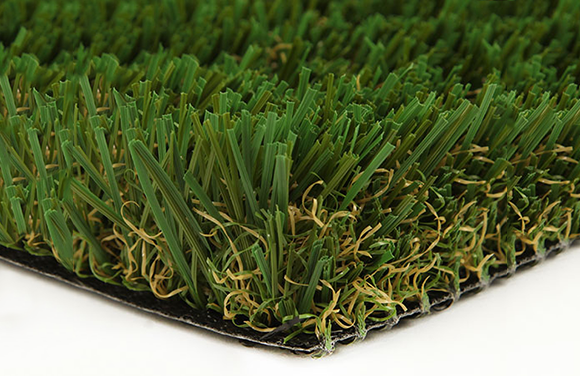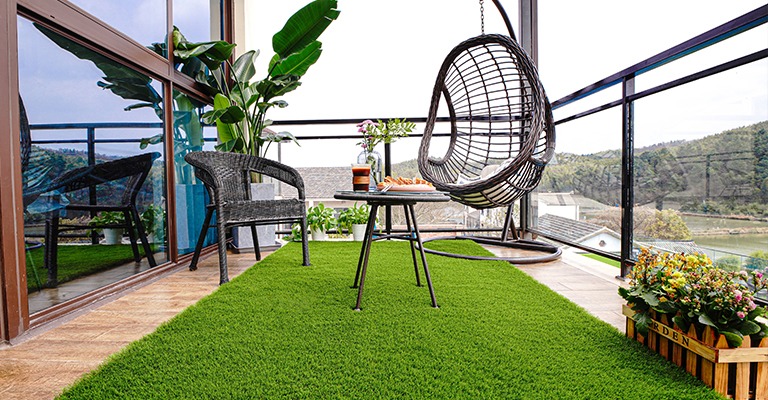Look Into the Environmental Benefits of Opting for Artificial Turf Solutions
The fostering of artificial turf services provides an engaging possibility to resolve pushing environmental challenges. By considerably minimizing water use and decreasing the application of hazardous chemicals, these options not only promote sustainable landscaping but also safeguard regional ecological communities.
Water Preservation Conveniences
Among one of the most substantial benefits of fabricated lawn is its capability to save water. Conventional turf lawns require significant watering, particularly in areas prone to drought or water limitations. On the other hand, artificial lawn does not require watering, substantially minimizing the general demand for water sources. This function is particularly advantageous in deserts where water shortage is a pressing problem.
By eliminating the requirement for normal watering, man-made turf contributes to lasting landscape practices and assists mitigate the environmental influence of excessive water intake. Additionally, the conservation of water includes the decrease of runoff, which can result in dirt erosion and waterway contamination.
In addition, the installation of synthetic grass permits municipalities and house owners to assign water sources a lot more successfully, concentrating on important usages such as alcohol consumption water and agriculture. The shift towards fabricated lawn not just promotes responsible water usage but also lines up with wider ecological objectives focused on protecting natural deposits.
As neighborhoods progressively focus on sustainability, the water preservation advantages of synthetic grass provide an engaging case for its fostering in household and commercial landscape design tasks.
Lowered Chemical Use
The change to fabricated lawn dramatically lowers the dependence on chemical treatments typically utilized in natural grass upkeep. Typical grass administration usually includes the application of herbicides, chemicals, and fertilizers to promote development and control bugs. These chemicals can position risks to human wellness, regional wild animals, and the atmosphere, adding to dirt and water contamination.
In contrast, man-made turf gets rid of the need for these dangerous substances. By lessening the release of synthetic substances into the community, artificial grass advertises healthier dirt and water systems.
In addition, the absence of chemical drainage related to synthetic grass installations assists shield local waterways from air pollution, sustaining aquatic life and preserving biodiversity. Arizona artificial turf. As communities progressively focus on lasting techniques, choosing synthetic grass offers a viable service that lines up with ecological preservation objectives. Via this change, residential property proprietors can delight in rich eco-friendly areas without compromising environmental wellness, leading the means for an extra lasting future
Reduced Carbon Impact

Moreover, the installment of synthetic grass can result in significant water conservation. Natural yards need significant quantities of water for watering, which not just contributes to the carbon impact related to water removal and therapy however likewise stress regional water sources. In comparison, synthetic grass needs very little maintenance, needing no watering, thus significantly decreasing water usage and its associated energy costs.
Additionally, the long life of artificial lawn adds to its decreased carbon impact. With a lifespan of up to 15 years or even more, the requirement for regular replacements is diminished, resulting in much less waste and reduced energy consumption in production and disposing of typical yard options. In general, synthetic grass offers a sustainable option for eco aware landscaping.
Habitat Conservation
Habitat conservation is an essential factor to consider in the argument over landscape design options, particularly when contrasting synthetic turf to all-natural turf. All-natural turf yards commonly need extensive upkeep, including using chemicals, plant foods, and herbicides, which can adversely influence local ecosystems. These chemicals can seep into the soil and rivers, harming indigenous flora and animals and disrupting neighborhood environments.
In comparison, synthetic grass offers an opportunity to lower the ecological footprint of landscape design. By going with synthetic yard, property owners can lessen the disruption of natural environments associated with conventional grass care practices. Synthetic grass eliminates the requirement for unsafe chemicals, thus securing neighboring wild animals and maintaining the stability of bordering ecological communities. The setup of man-made grass can lead to the conversion of previous lawn next locations right into even more biodiverse landscapes, such as pollinator yards or indigenous plant locations, which can sustain regional wildlife.
Eventually, the transition to synthetic grass not just preserves water and lowers upkeep efforts but also cultivates a much more harmonious relationship in between human tasks and the natural surroundings, advertising environment preservation in the procedure.
Long-Term Sustainability
Lasting sustainability is a critical consider examining the advantages of fabricated lawn over conventional grass yards. One of the most substantial benefits of synthetic grass is its toughness; it can last as much as 15-20 years with minimal upkeep, whereas natural lawn requires constant reseeding and replacement. This long life decreases the need for continuous resources, such as water, fertilizers, and chemicals, which are necessary for maintaining a healthy and balanced grass yard.
Additionally, man-made turf adds to a decrease in carbon discharges connected with yard treatment equipment. Standard lawns often call for gas-powered lawn mowers, leaners, and blowers, all of which add to air contamination. Artificial turf companies phoenix. In comparison, synthetic grass removes the need for such devices, advertising a cleaner environment
Additionally, the manufacturing of artificial grass significantly utilizes recycled materials, helpful site improving its sustainability official site account. As manufacturers adopt environmentally friendly methods, the ecological impact of synthetic grass continues to lessen.

Verdict
The adoption of synthetic grass solutions provides significant ecological advantages, consisting of substantial water conservation, reduced reliance on harmful chemicals, and a reduced carbon impact. Synthetic lawn aids in protecting all-natural habitats by reducing land disruption and advertising long-term sustainability with the usage of durable materials. Jointly, these factors highlight the capacity of fabricated turf to contribute positively to ecological wellness and provide a feasible choice to traditional landscaping methods in a significantly resource-conscious world.
In contrast, synthetic grass does not require watering, dramatically reducing the overall demand for water resources. By lessening the launch of artificial substances right into the ecosystem, artificial turf promotes healthier soil and water systems.
Additionally, the setup of man-made grass can result in significant water preservation. In comparison, man-made lawn requires very little maintenance, needing no watering, consequently substantially minimizing water use and its connected energy costs.
